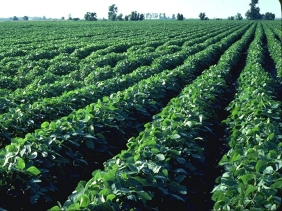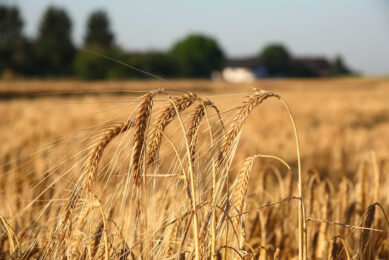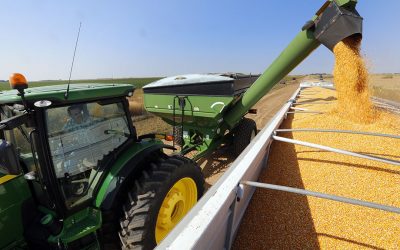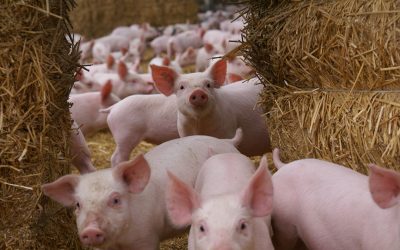Global GM crop area keeps on growing

World plantings of genetically-modified crops keeps increasing and have hit one billion hectares, but areas in Europe decline.
Plantings rose by 10% in 2010 after more than 15 million farmers across 29 countries used the crops.
The figures, released by the International Service for the Acquisition of Agri-biotech Applications, found 10 developed countries – including eight in the EU – planted GM crops last year.
But the report shows that over 90% of farmers using the technology were "resource-poor" and in developed countries.
US leads
The United States saw the most plantings with 66.8m ha, followed by Brazil (25.4m), Argentina (22.9m) and India (9.4m).
Herbicide tolerant soya bean was the most commonly-planted crop, occupying 73.3m ha (50%) of global GM planting areas.
In the EU, 91.1m ha of MON 18 was planted in 2010 – a fall of just over 3,000 ha on the previous year – with Spain the largest grower of the GM crop.
Drop in Czech Republic
The Czech Republic saw the amount of land used to grow genetically modified (GM) crops drop with almost 28% in 2010.
In the country, the number of hectares used for genetically modified corn (maize) dropped to 4,680 in 2010 from 6,480 in 2009.
The Czech Ministry of Agriculture (MZe) in a press release attributed the drop in GM corn area to problematic sales.
The ministry, however, was supportive of GM crops, especially Amflora potoatoes, promoting them as a way for farms to increase profits and stay in business.
Developing GM crops is also an area where Czechs could do research and development, according to the MZe.
Reducing bureaucracy involved in planting GM crops was cited as a priority. ‘Farmers and consumers are not falling for biotech industry propaganda.’
Less GM in others too
Four out of six European countries that produce GM corn saw the numbers of hectares drop, with Romania seeing the sharpest fall, almost 75%.
Spain — the only country in Europe to exceed 50,000 hectares of land used for GM crops, making it one of 17 worldwide “biotech mega-countries”— saw a 11% drop, and overall the agricultural area in Europe for GM corn dropped 13%. Poland’s GM area remained the same and Slovakia saw an increase.
Link to: Executive summary of the report











